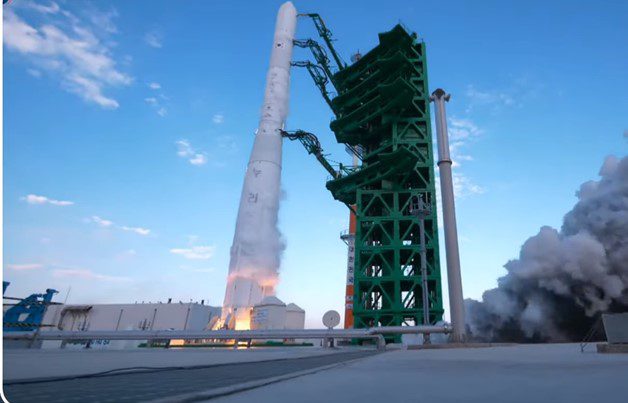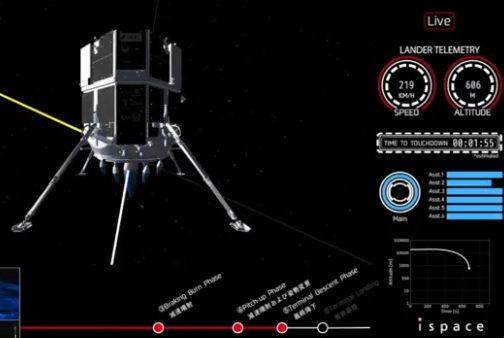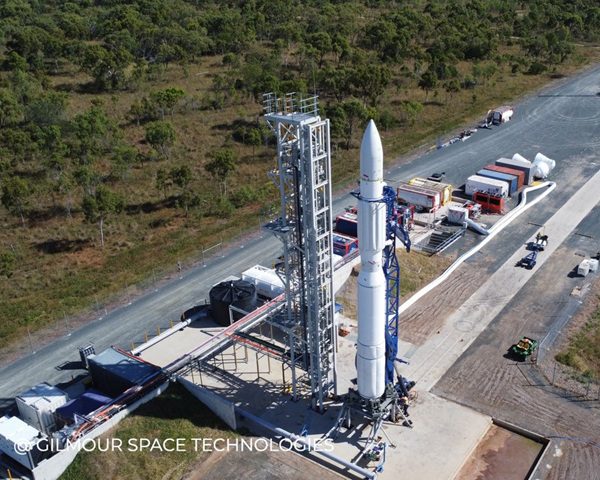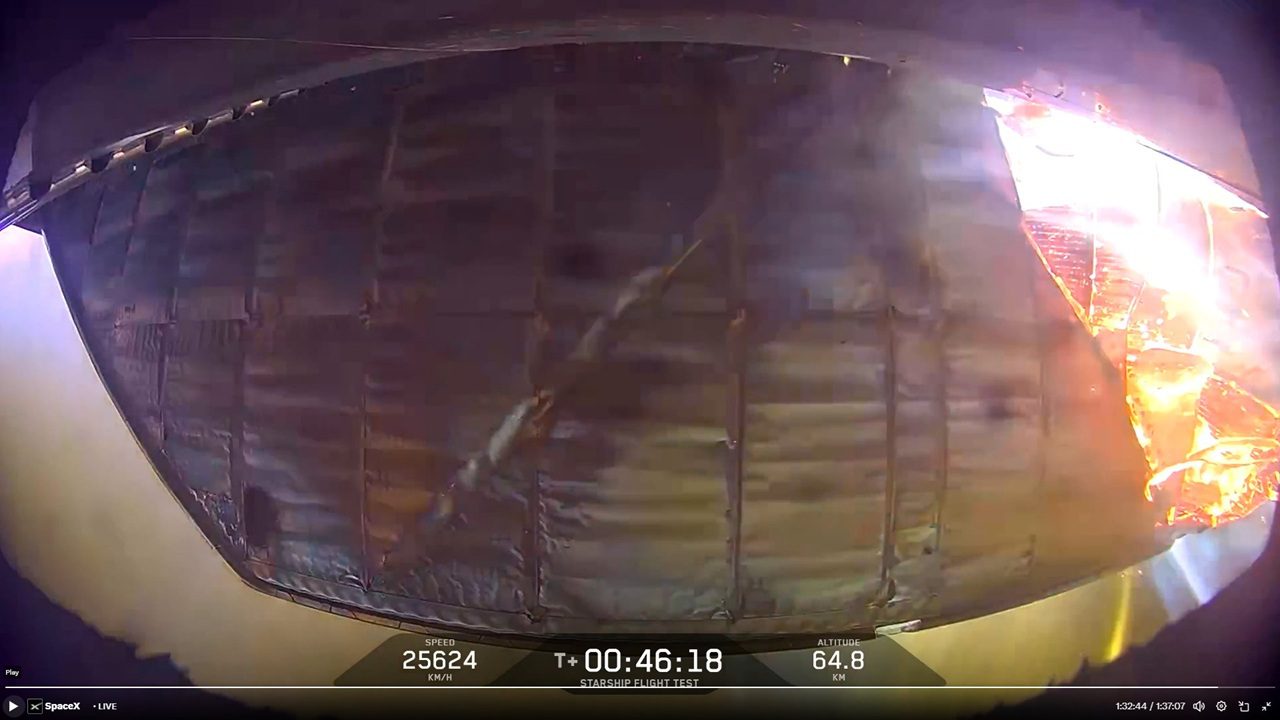The maiden orbital launch of the KSLV-II (NURI) rocket, South Korea’s first domestically built launch vehicle, took place at 0800 GMT on 21 October. The three-stage vehicle carried a 1.5 metric ton dummy satellite payload. The 200 metric ton KSLV-II (NURI) rocket was launched from the Naro Space Centre, Goheung, South Korea. It was originally declared that the satellite deployed successfully at 700 km in a sun-synchronous orbit. However, South Korean President Moon Jae-in later announced that although all flight sequences went as scheduled and the vehicle reached the target altitude, the mission fell short of putting the spacecraft into orbit.
Initial reports indicate that the KSLV-II’s third stage shut down prematurely and did not complete its full burn. Thus, while the spacecraft was at its target apogee altitude, it had not achieved orbit due to a velocity shortfall.
Overseen by KARI (Korea Aerospace Research Institute), this KSLV-II maiden launch failure is still seen as a step towards South Korea’s ambitions of launching its own communication, navigation and surveillance satellites and South Korea’s President Moon paid tribute to this effort.







